Where Do I Get Cover Crop For Small Garden
I don't know why homesteading makes me so impulsive…
Whether we're talking about my propensity to impulse-buy farm animals, or my tendency to fire up a canning project in the middle of a busy morning when I have no business standing there peeling peaches, I guess I just have to blame it on my passion for this lifestyle.
This week (like literally this week– just a few days ago!) I decided to do a 180-degree flip on my garden plans for this fall. When I wrote about how to prepare your garden for winter a few weeks ago, I mentioned that using cover crops is a good idea for protecting your soil during the long, cold months ahead. But I had no intention of planting them myself this year…
That is, until I recorded a podcast interview with True Leaf Market, and suddenly I found myself on their website ordering cover crop seeds.
I just came inside from planting my very first cover crop, so naturally, I gotta tell you guys all the details. 😉
(UPDATE: this podcast interview completely changed my view on both cover crops and growing a fall garden. Check out my new article on planning a fall garden for more details…)

Using Cover Crops in the Garden
What is a Cover Crop?
A cover crop is simply a mass of plants that you plant to cover your garden soil during the fall, winter, and early spring. They are a very sustainable and natural technique to rehabilitate your garden beds after the garden season is over. Basically, you are adding green biomass back into the soil.
Cover crops help keep your garden soil covered during the dormant months. That not only acts like a natural weed control method (learn more about those here), it also keeps your soil from becoming depleted of nutrients by being vulnerable and open to the sun, weather, and wind. (Remember: nature HATES bare soil.)
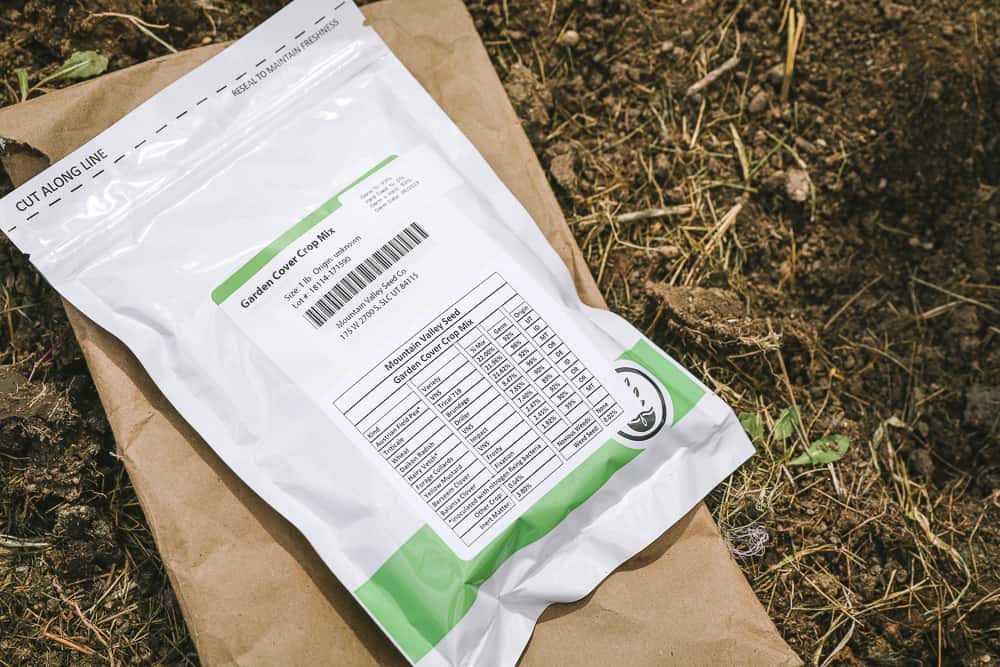
There are many different types of cover crops and they each have different benefits for your garden soil. There are 2 main types of cover crops: legumes (which boost your nitrogen levels) and non-legumes (which enrich your soil long-term). Within those categories, however, the cover crops do different specific things depending on the plant.
For example, alfalfa pulls nutrients from deep soil into the top layers of soil, daikon radishes can aerate and break up your soil, and mustard can discourage nematodes. Nematodes, btw, are tiny little worms that are parasites to your plants. The little pests burrow into roots and make themselves comfy in your plants' stems and leaves. They, of course, leave your garden plants weak, small, or even dead.
So whether you have pesky parasites in your dirt or just want to boost your soil's nitrogen levels, you can grow specific cover crops based on your garden's needs. In order to do that, you should get your soil tested to figure out what your soil is missing. Learn more about getting your soil tested here. You can also just get a cover crop mix (like this one from True Leaf Market) that blends a bunch of cover crop seeds together to give your soil multiple benefits at the same time. (This was my preferred choice!)
When to Plant Cover Crops
For a long time, I read that you had to plant cover crops in August. That never made sense to me, since my summer tomatoes aren't even ready to harvest by that time. However, I recently learned that you can plant cover crops any time before your first hard frosts make your soil too hard to work with. Um, hello game changer!
If you aren't planning on extending your garden season, and instead you are putting your garden to rest for the winter, simply sow the cover crop seeds in the cleaned up garden beds. So while you pull your tomato plants or harvest your potatoes, simply plant your cover crop seeds at the same time.
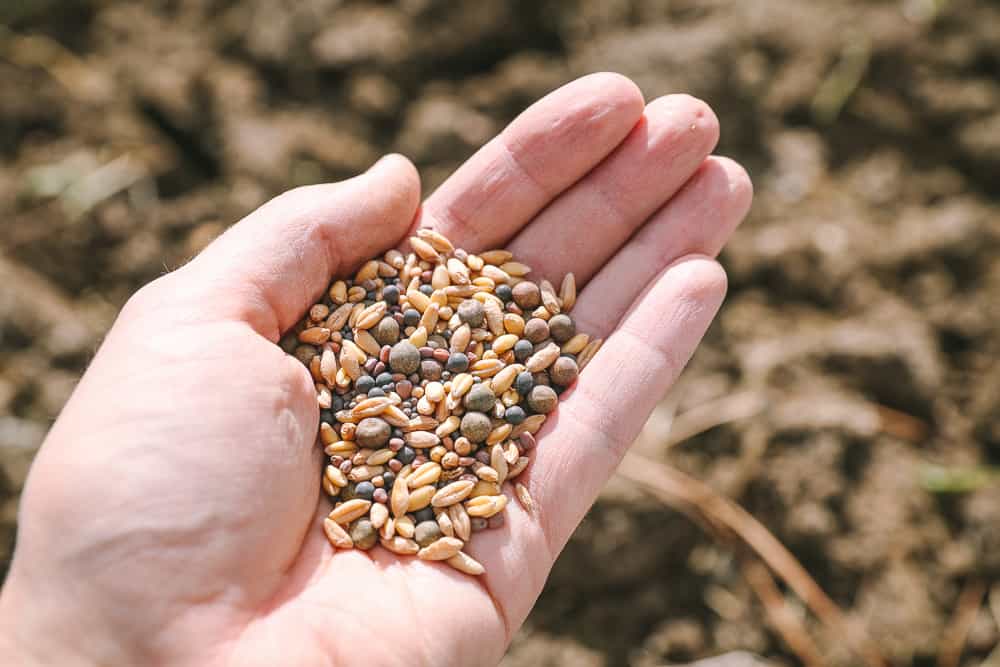
If you live in a colder climate like I do, just make sure you get cover crop varieties that do well with colder weather. (The mix I got from True Leaf is specifically a cold-weather blend that will germinate in cooler temps.)They should grow even with just a few random warm days before the consistent snows, frosts, and blizzards (though the cold will slow their growth, so do try to plant them by early October if you can). Just make sure to give them water if you aren't getting enough rainy days, like you would for any other plants in your garden.
You can actually grow cover crops in early spring, too. As soon as there are the earliest hints of spring warmth, sow your cover crop seeds in the garden. Let them grow as much as possible and simply mow them down and till them under the soil about 2-3 weeks before you plant your spring/summer garden. It just takes those 2-3 weeks for the green biomass to decompose and provide benefits to the soil.
To Till or Not to Till…
After you plant your cover crops in the fall, you can just let them do their thing until 3-4 weeks before you plant your spring plants. They might stay green all winter long, or they might die back. That all depends on your winter temps and the hardiness of the cover crop varieties you chose. No matter what, though, you just ignore them until spring. Those cover crops are doing what they are supposed to do: protecting your garden soil from erosion and adding nutrients for your future garden's health.
When it's 3-4 weeks before you want to start planting your spring crops, it's time for you to decide how you want to take care of your cover crops. There are a few options for you:
- Mow and till the cover crops into the soil. If you have a traditional garden plot and you already till your garden, this is an easy way to mix those cover crops into the soil for all their nutrients.
- Use a garden fork or shovel and roughly mix them into your soil. If you have raised beds (like we do), you can just turn the cover crops into the soil with some simple garden tools. That disturbs the soil less and still gives you all those cover crop benefits.
- Leave them in place as a natural mulch and simply dig up spots for your spring plants. Some gardeners just leave those rooted mats of cover crops in place as a natural green mulch. It's the easiest option, for sure!
Since we have raised beds, traditional tilling isn't going to work for us, so I'll probably roughly mix them into the soil with a garden fork or shovel (although option #3 sounds pretty darn tempting, too…).
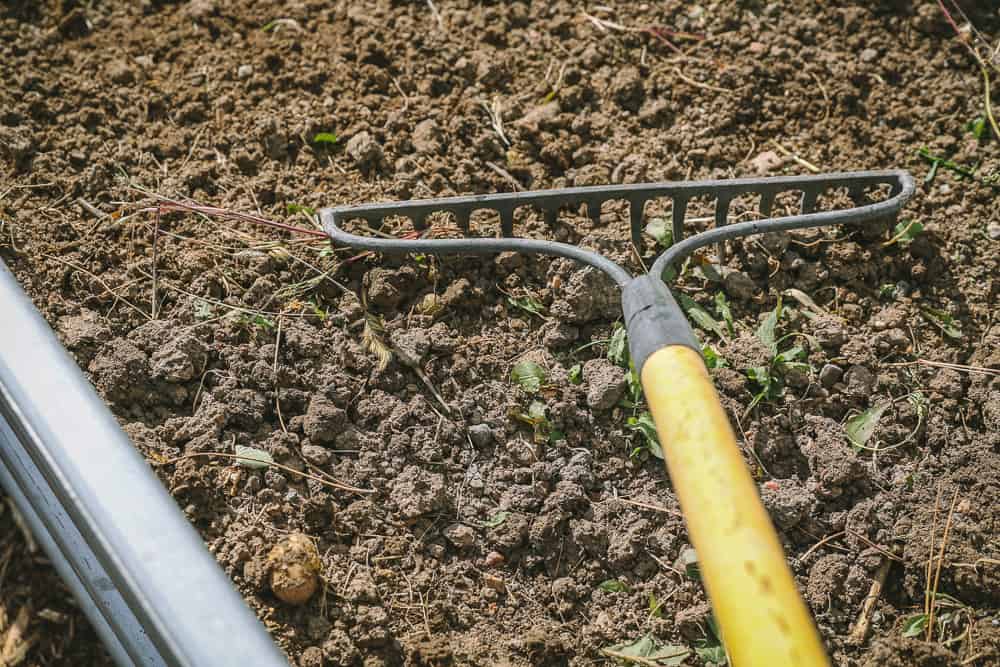
Cover Crops: Step-by-Step
Considering that not knowing the exact details and timing of cover crop planting was what made me avoid them for many years, here is a play-by-play so you don't have to do any guesswork!
- Select your cover crop seeds depending on what goals you are trying to accomplish in your garden. I was on a serious time-crunch and wanted to address a broad spectrum of issues anyway, so I went with True Leaf's Cover Crop mix which takes out all of the guesswork.
- Harvest your garden plants, remove the dead growth, and smooth out the soil with a rake.
- In a perfect world, cover crop seeds would have a few weeks to get established before the first frost, but even if your first frost has already occurred, you likely can still plant as long as there will be some warm days before the weather turns very cold.
- Broadcast the seeds by hand into the waiting soil. Use a rake to cover them.
- Keep the seeds watered so they have a chance to germinate. You can stop watering once the weather turns cold and it's difficult to handle the hose.
- If you plant your cover crops early, you may need to mow them down in order to keep them from going to seed and taking over your garden or bed.
- In the spring, 3-4 weeks before you are ready to plant, till or turn over the winter-killed cover crops and let them decompose into the soil.
Listen to My Cover Crop Podcast Interview
Parker from True Leaf Market cleared up a TON of my concerns about cover crops and ultimately helped me make the decision to dive in. You can listen in to our interview here:
Or, listen on iTunes or your favorite podcast player.
Final Thoughts About Cover Crops
It's crazy to realize that there are so many things to learn about gardening, even after gardening for so many years already. I can't believe that I waited this long to start using cover crops. I'm super excited to start this new gardening adventure.
Cover crops aren't very complicated and it's a very natural and sustainable technique for revitalizing the soil without having to do much work (which sounds perfect to me!).
Don't forget to check out this Cover Crop Seed Mix from True Leaf Market!
Listen to the Old Fashioned On Purpose podcast episode #26 on this topic HERE.
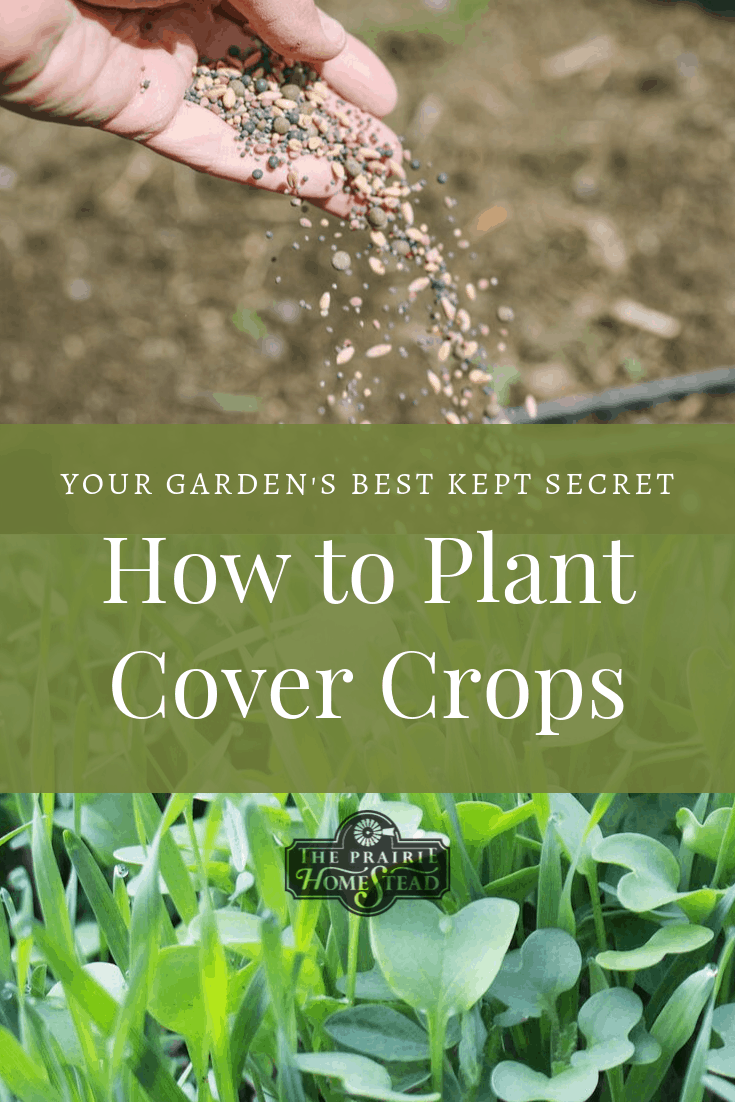
More Garden Tips:
- How to Extend Your Garden Season
- How to Prepare Your Garden for Winter
- How to Plan and Plant a Fall Garden
- Preparing Our Raised Beds for Spring
- Gardening in a Cold Climate
*This post was sponsored by True Leaf Market. However, I bought my own seeds and would be planting them even if they weren't a sponsor, cuz I do indeed think cover crops are that awesome. 🙂
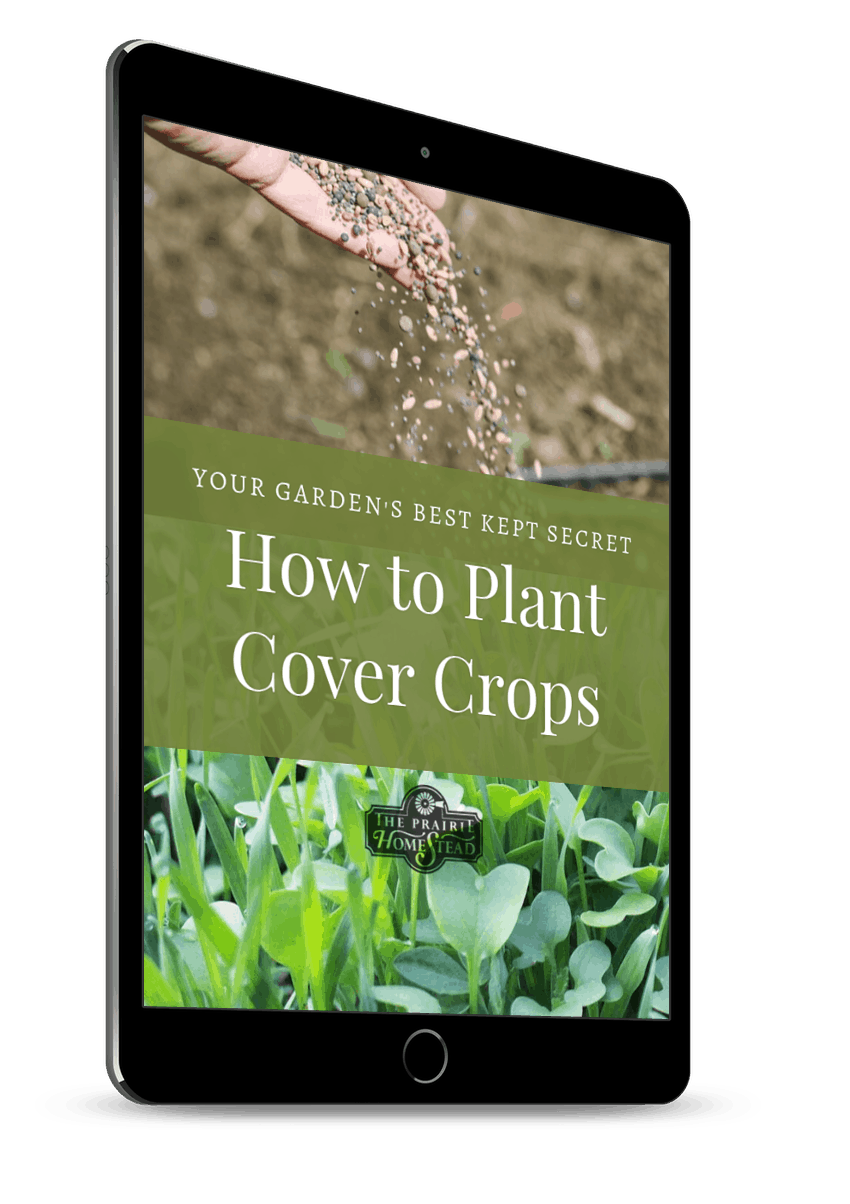
Your Garden's Best Kept Secret!
Cover crops are an incredibly underutilized, very affordable way to fertilize your soil, decrease erosion, and increase organic matter. Learn which crops are best for your garden, plus a step-by-step process so you know exactly WHEN and HOW to plant them! Grab the full-color cover crop PDF here (it includes my weekly Homestead Toolbox Newsletter, which gets rave reviews from busy homesteaders!)-->
Where Do I Get Cover Crop For Small Garden
Source: https://www.theprairiehomestead.com/2019/10/garden-cover-crops.html
Posted by: kellerchomem.blogspot.com

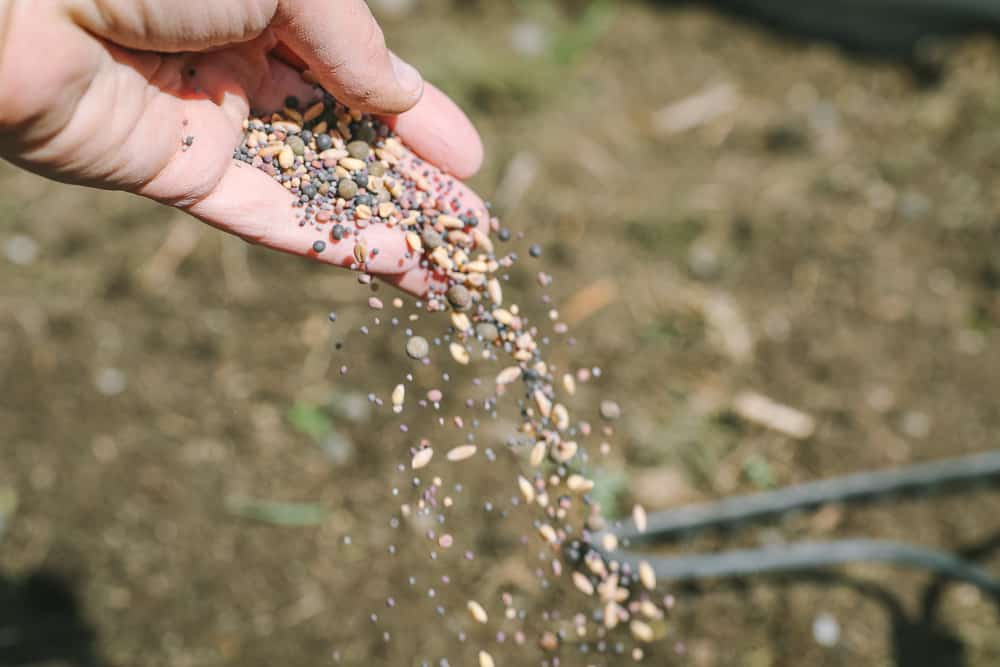
0 Response to "Where Do I Get Cover Crop For Small Garden"
Post a Comment